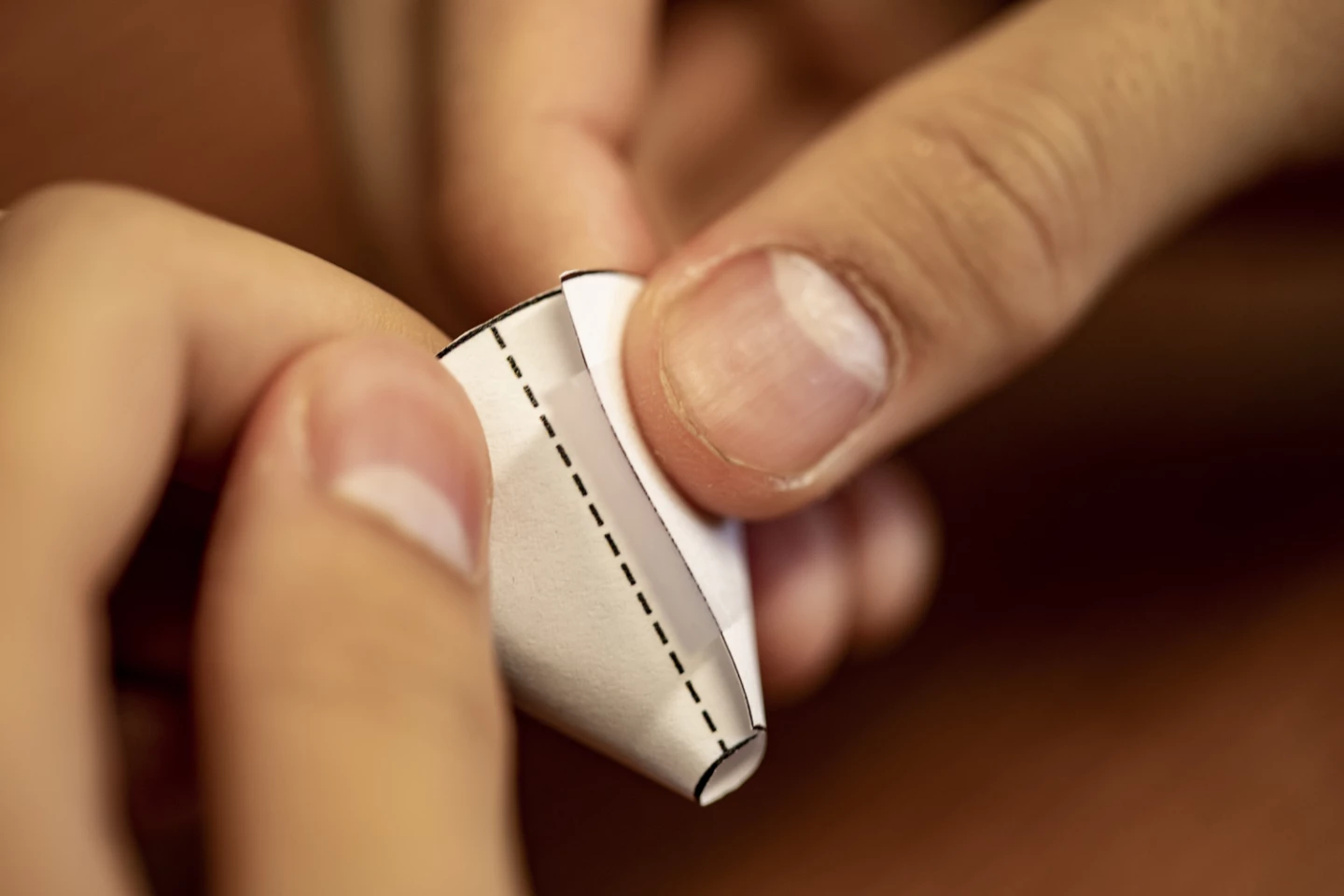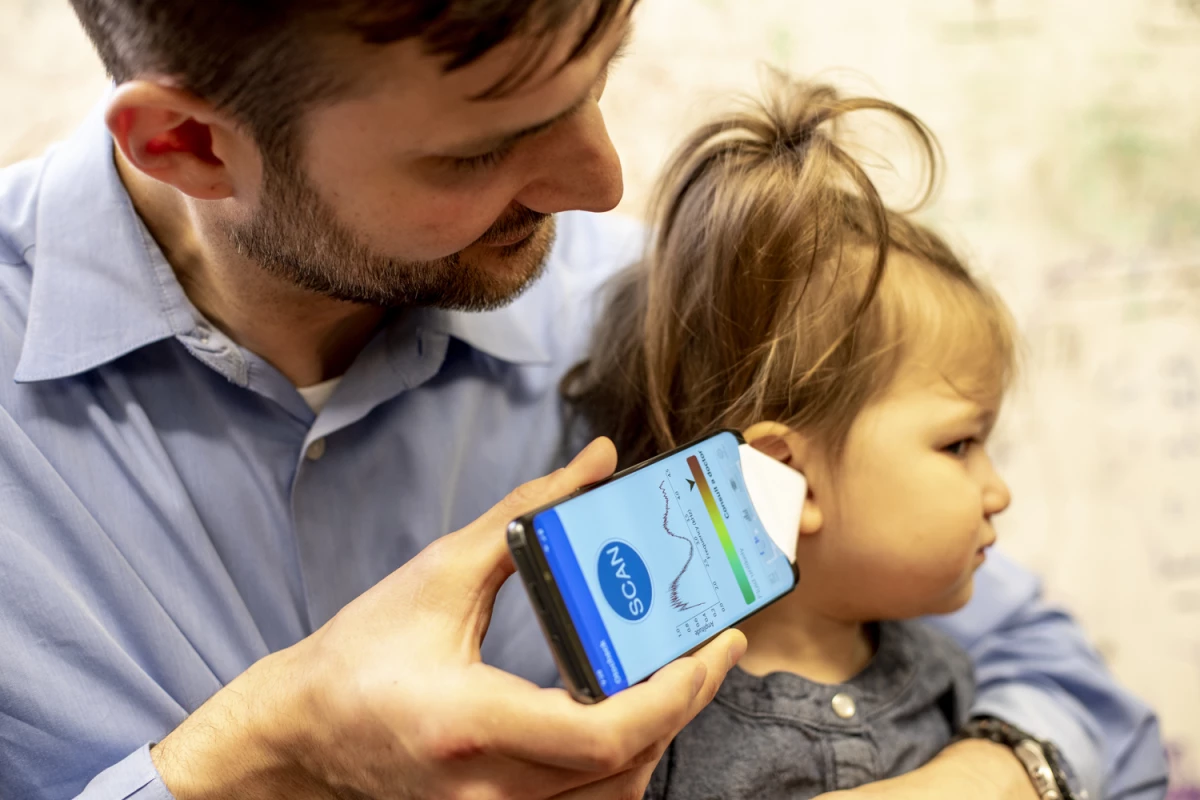The symptoms of ear infections can be a little vague, and can be easily confused with other conditions. But now, researchers from the University of Washington have come up with a mobile app that can help clear up diagnoses by detecting fluid behind the eardrum using just a cone of paper and your phone.
According to the National Institute on Deafness and Other Communication Disorders, ear infections are among the most common reasons for a visit to the family doctor with a child. For parents and carers, a device which enables them to tell quickly, unobtrusively and with confidence if a child's distress is likely due to an ear infection or not, could not only be a time-saver, but a relief.
The multi-discipline team from the University of Washington has tackled that challenge with a deceptively simple solution that's based around a smartphone app, and a cone of paper. Yes, a cone of regular, everyday paper.
The app uses the phone's speaker and microphone to send and receive an audio signal into the ear canal via the paper cone. The cone – which can be cut and folded easily by a parent or doctor – is used to isolate and direct the signal in and out of the ear.

The setup works a little like a bat's echolocation system, sending a 150-millisecond chirping sound into the ear, which is then picked up by the phone's microphone as it bounces back. Obstructions in the ear influence the returned signal and the app makes a decision on the likely presence of fluid behind the eardrum based on variations in the returned sound waves. The system requires no formal training, yet the researchers found its accuracy was on par with the professional acoustic reflectometry system it was being testing against.
"It's like tapping a wine glass," say co-first author Justin Chan. "Depending on how much liquid is in it, you get different sounds. Using machine learning on these sounds, we can detect the presence of liquid."
To test the ease at which the technology could be used by those without formal training, the researchers pitted a group of parents against trained doctors and gave them 25 patients to test. Both groups successfully identified the ears with fluid problems and were in almost complete consensus – 18 out of 19 – on the ears which had no fluid.

It's not just parents and carers who could benefit from this technology. Family doctors might also benefit, not just from using it themselves, but from information supplied by parents that may have gleaned from monitoring the problem over a number of days.
"The ability to know how often and for how long fluid has been present could help us make the best management decisions with patients and parents," says co-author Dr Randall Bly. "It also could help primary care providers know when to refer to a specialist."
The near-ubiquity of smartphones around the world means that this technology could be of particular benefit to health professionals in remote and resource-poor regions. All they need is a smartphone, some paper and a patient.
The software was also tested successfully across multiple smartphone platforms and various types of paper for the cones with consistent results across the board. The researchers are aiming to commercialize the technology via a spinout company called Edus Health.
The team's research was published this week in the journal Science Translational Medicine.
A video demonstration of the system is available to watch below.
Source: University of Washington








